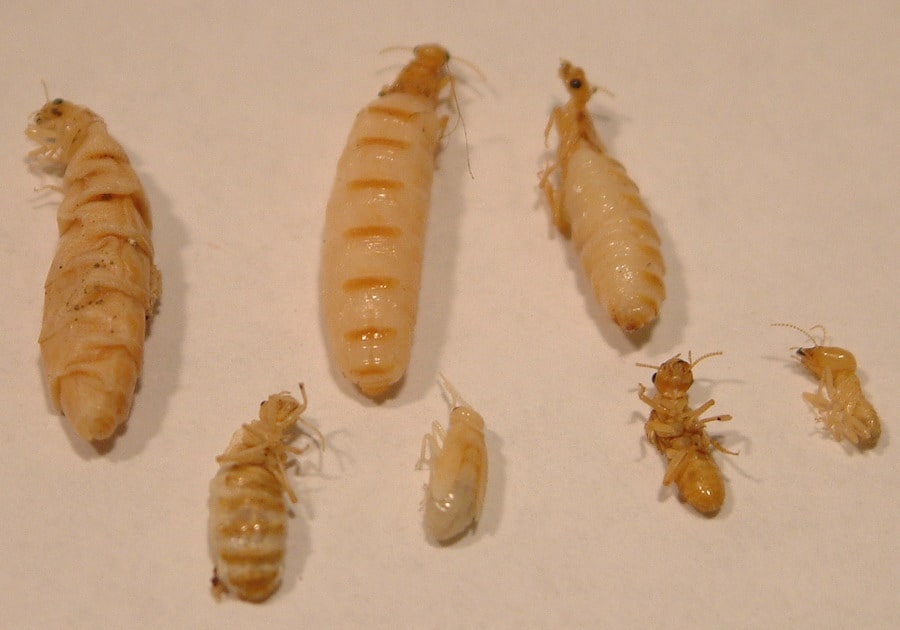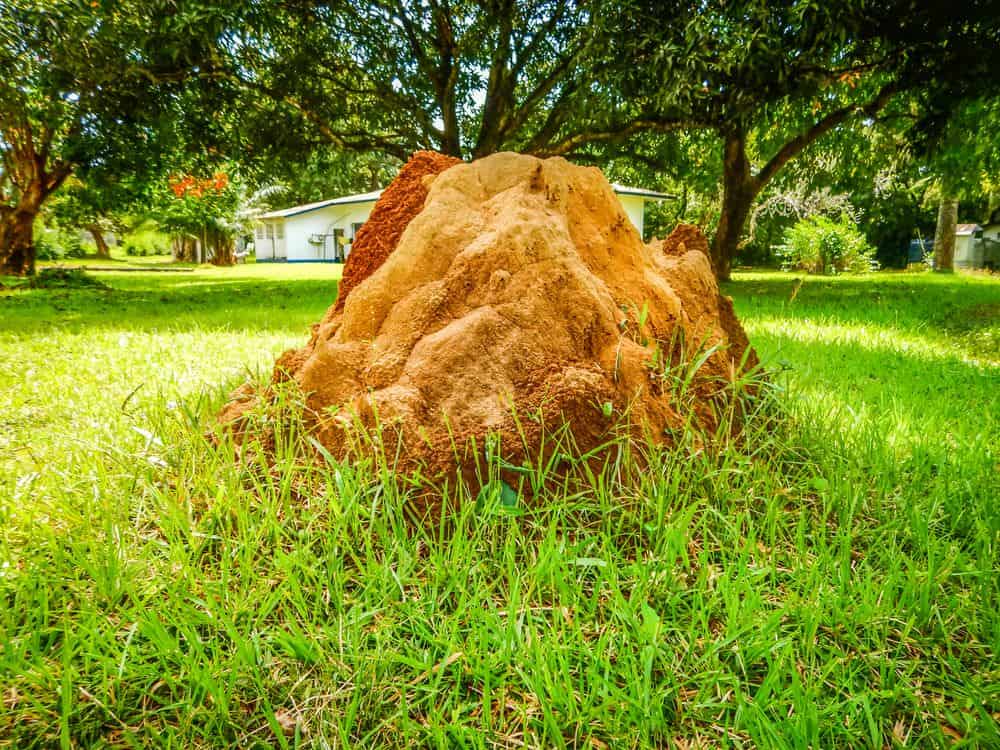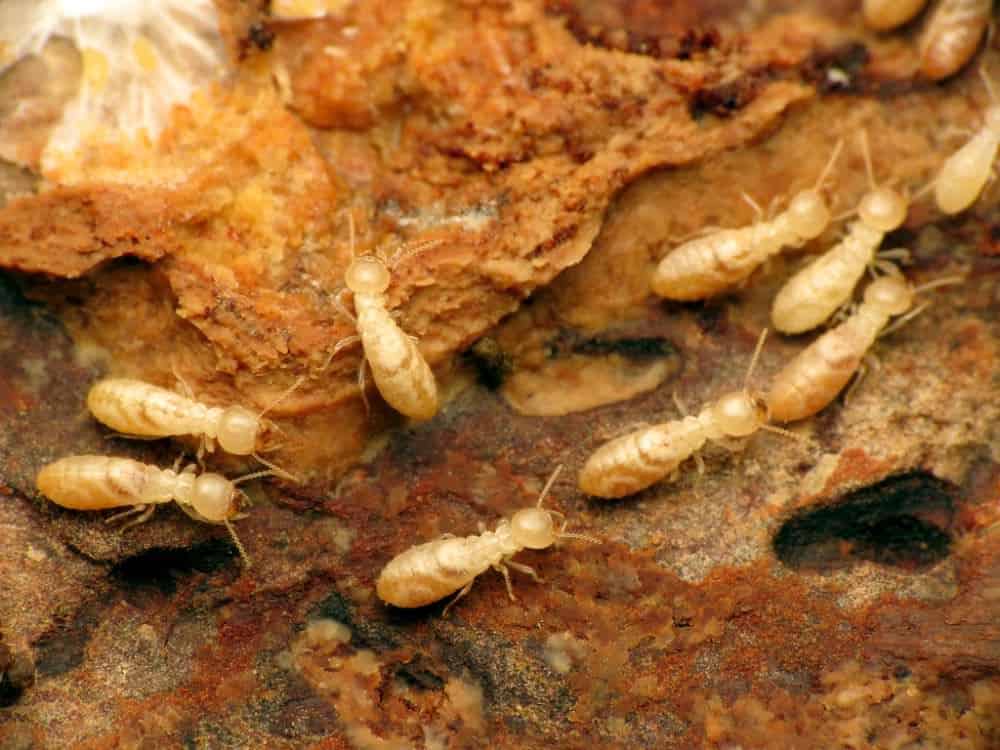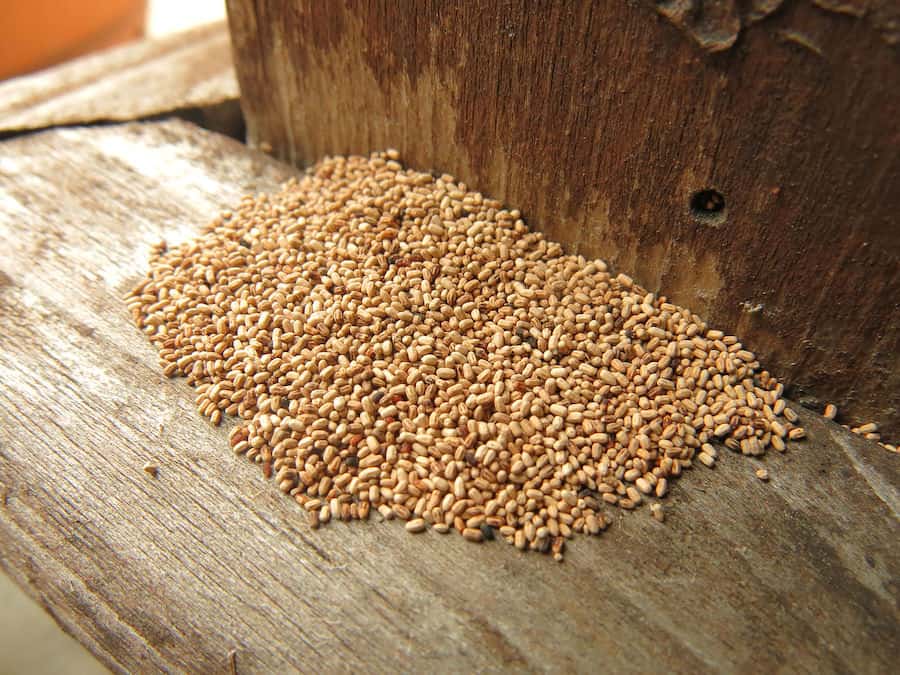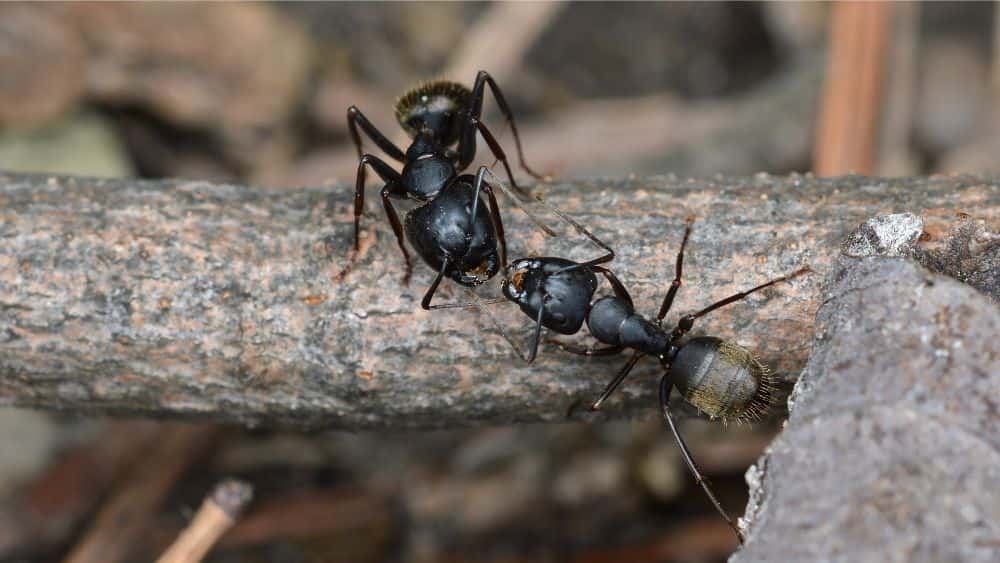Subterranean Termites
Subterranean termites can cause serious damage to your home. Here is everything you need to know about subterranean termites and how to deal with these pests.
Are you are concerned that you might have a problem with a termite infestation? The first thing you will need to do is confirm that they are indeed termites.
What Do Subterranean Termites Look Like?
Subterranean termites can resemble ants in many ways, so here are some identifying features to look for.
Subterranean termites have a caste system within their colonies. Within their social structure are kings, queens, workers, soldiers and reproductive swarmers. Each termite within the colony has its own distinct identity and purpose.
Workers
Worker termites have small rounded heads, with bodies that are creamy white in color. They live beneath the surface of wood, and because of this are very rarely seen by homeowners. Subterranean worker termites are typically less than ¼ inch long.
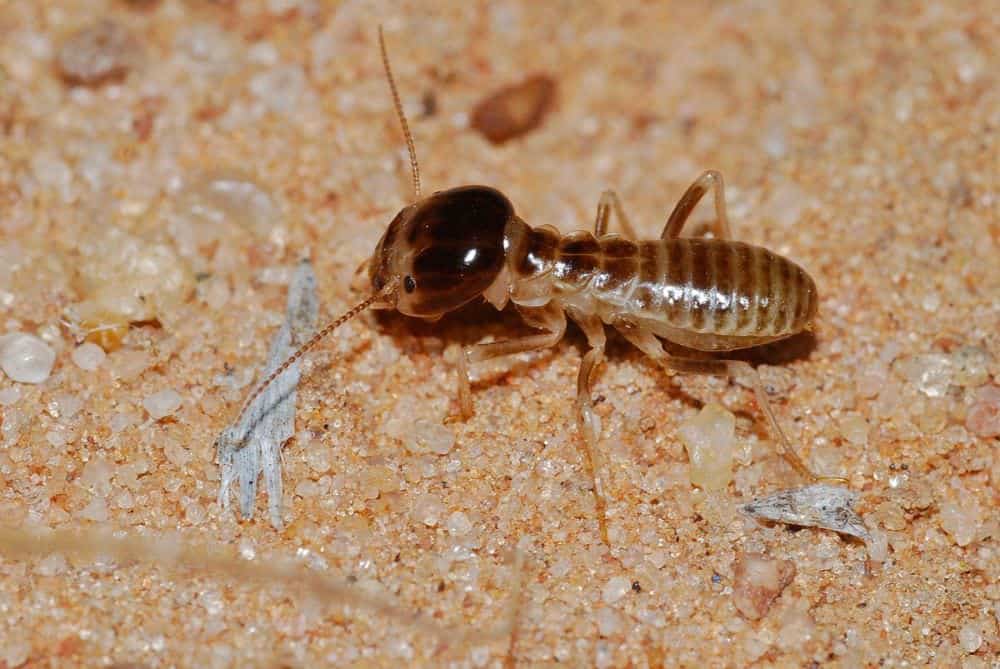
The place that you are most likely to see these termites is in the garden when moving wood around. You may also see them if you find termite tunnels in or around your home and break them open. I will go into more detail about these tunnels later in the article.
Soldiers
Subterranean termite soldiers look very similar to worker termites and are the same size. However, they have a few key differences. Their heads are larger than worker termites. Soldier termites are also lighter brown in color.
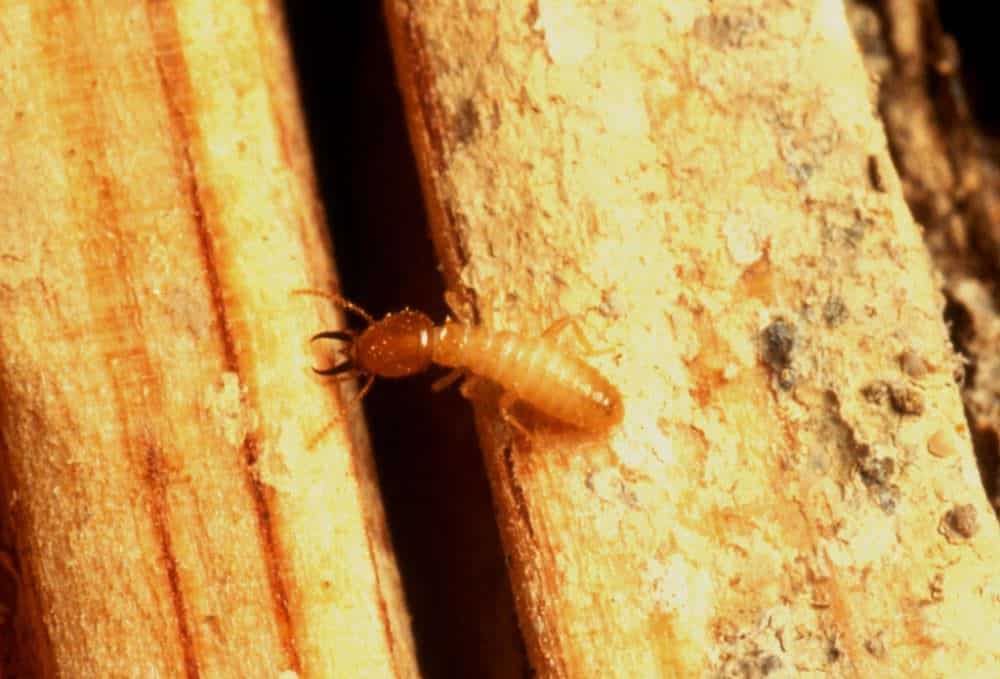
These termites have this name for a reason. They have large mandibles attached to their heads, which help them defend the nest against any predators. Because of this defense role, they are called soldiers.
Swarmers
Swarmers (or alates) are larger than both soldiers and worker subterranean termites, measuring up to half an inch in length. These are the termites you are most likely to see. This is because they are the only ones that will leave the nest.
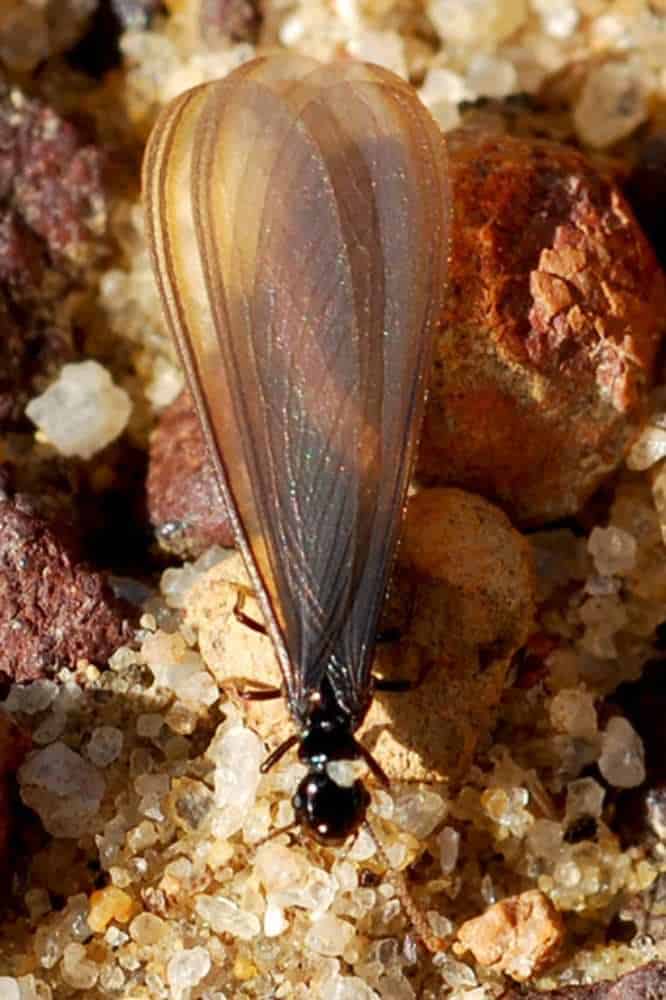
Swarmers leave their colony in search of new nest sites when the colony gets too big. They will search for a new home in which to settle, mate and reproduce. They have translucent wings attached to their black or dark brown bodies, enabling them to fly.
How Do You Get Them?
Now you know what these termites look like, you may be wondering how they decide where to set up camp. The main reason you might have subterranean termites is because you are providing suitable conditions for them to thrive.
Subterranean termites depend on a moist and damp environment to flourish. Typically they will set up their colonies in soil to obtain a better supply of moisture.
They will then feed on wood near to their nest. This wood could either be in your garden or your home, and is transported back to the nest share.
If you have any areas in your home that are damp or moist, subterranean termites might set up their nest inside. However, they will only do this if the area maintains a good level of moisture. This could be an area where there is a slow leaking pipe that you’re possibly not aware of, for example.
Whether these creatures set up their home in your garden or inside your house, they need a suitable supply of food. Termites feed on wood. If your house has a wooden foundation or is entirely made of wood, you are at risk. A component within the wood, called cellulose, is a subterranean termite’s favorite food.
How to Tell if you Have Subterranean Termites
While there are many different signs of termites, the ones below may signify that you have a problem with subterranean termites specifically.
Swarmers in Your Home
As you do not typically see the soldier or worker termites, it’s the swarmers that will indicate a problem. Their presence could be evidence that you have a nest of termites in your home. Typically in the springtime or during warmer weather, swarmers will emerge in search of new nesting sites.
If you find swarmer termites in your home, this is likely to mean you have an infestation. You could also find pairs of wings, for example, under a window frame. This is because swarmer termites shed their wings after successfully locating a new nest site as they settle to breed.
Mud Tubes
Subterranean termites build their own tubes for shelter and safety. They then use them to transport food back into their nest.
These tubes help termites go unnoticed by other predators, as well as keeping their environment moist. Luckily they can be easily spotted by humans.
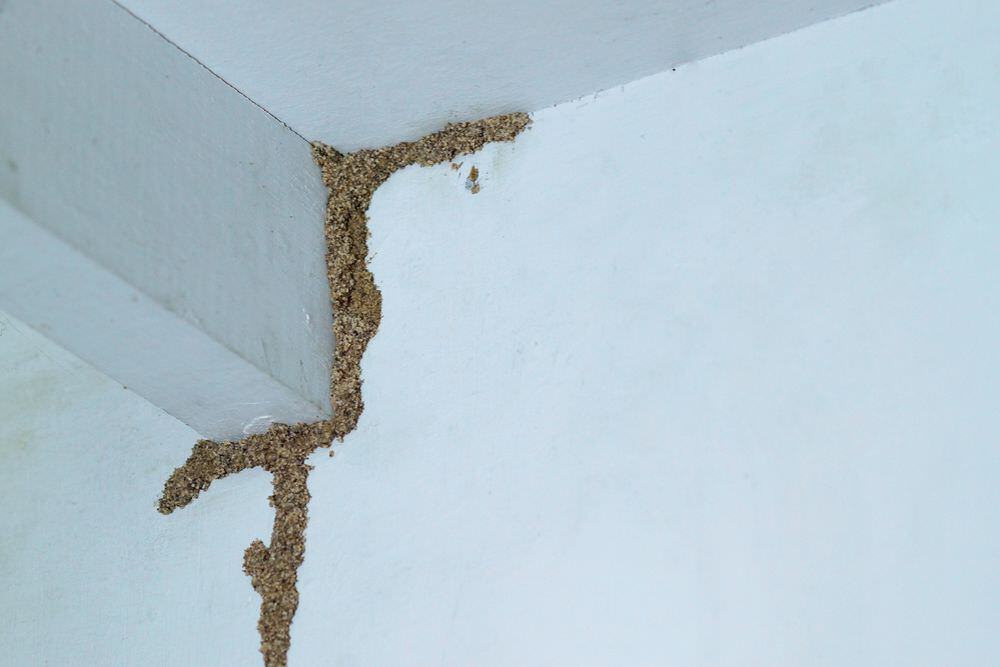
The mud tubes are not very wide, typically about the width of a pen. They can be found on both interior and exterior walls of a house. If you break open a tube, you may find some soldiers or worker termites inside. Finding busy termites inside is a clear sign of an infestation.
Subterranean termites need a considerably moist environment to survive. Therefore, you are more likely to find mud tubes after a heavy rainfall or during damp and wet conditions.
These termites will be considerably more active during wetter weather. This activity will also flourish if there is dampness in your home.
Location, Location, Location
The likelihood of having termites is also based on where you live. Some states or regions of the US are more susceptible to termites than others. You are more likely to host these critters in your home if you live in wet and warm states.
If you live along the gulf coast or in California you may be more prone to termite difficulties. It is easy to check your home’s level of risk based on environmental factors. The United States Forest Service has maps that will reveal the level of risk your home is under.
While some states are more prone to termites than others, these creatures are incredibly resilient. They have the ability to survive in many conditions. Termites have even been found in Alaska. Don’t assume you are safe just because you live far from an infestation-prone zone.
How Serious Are Subterranean Termites?
You may not be fully aware of the threat and dangers that subterranean termites pose. This is one of the most destructive and dangerous types of termite to have in your home.
Subterranean termites usually set up their nests outside of your home. They then work to find entry points into the home and transport food back to their nest. The fact that termites live remotely can make it difficult for you to locate the source of the problem. This makes it harder to find and kill them, so they just continue to thrive and grow.
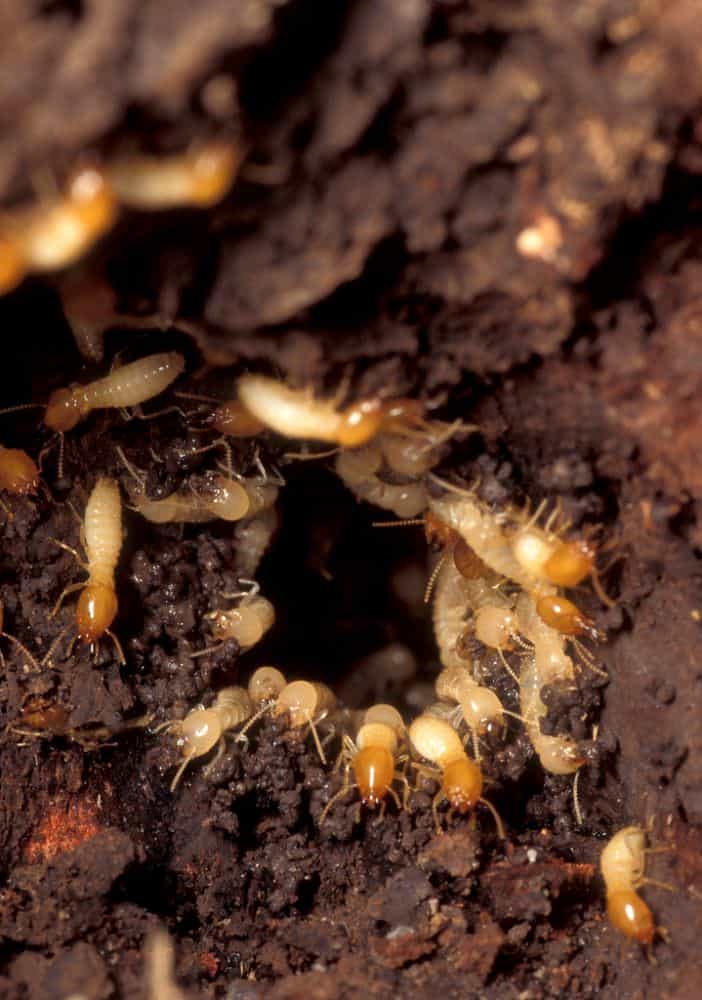
As their name suggests, subterranean termite colonies can be up to 20 feet inside the earth. This also makes them quite difficult to find, especially if you don’t know what you are looking for.
With a thriving subterranean termite colony in your backyard, feeding on your house, there is only one way to solve the problem. The nest must be destroyed entirely. We explain how to eliminate subterranean termites later on in this article.
Another fact that makes subterranean termites so serious is their ability to spread and hunt for food. From their colony base under the ground, they travel through various tunnels in different directions. They will feed on a variety of different things too—pretty much anything made of wood. Termites may be able to find enough sustenance before they even make it into your house.
While this might sound promising, anything that allows the colony to flourish and grow is bad news for a homeowner. The bigger and stronger the termite colony gets, the bigger the threat they ultimately pose to your home.
If subterranean termites are feeding on the wooden structure or foundation of your home, you could be in real danger. These creatures work day and night and will feed incessantly. Trust me, it does not take long for termites to cause serious structural damage to your home.
How to Get Rid of Subterranean Termites
Subterranean termites are among the most difficult pests to successfully eradicate. Here are some termite prevention measures you can take to help reduce the chances of a take-over.
Moisture and Humidity Control
As termites love wet and humid conditions, it is important to take extra measures to stop them from getting too comfortable. Make sure your gutters and rain spouts are working effectively. Don’t allow any excess water to accumulate around the foundation of your house.
Make sure you have proper ventilation to prevent the buildup of humidity. Install plenty of vents around your house to keep the ground and walls dry. Keep them clear to function properly; never let plants cover the vents.
Sanitation
Take extra care to keep your outside space clean and tidy. This is to ensure that you’re not providing extra food for these mites. Never store scraps of wood or logs in the garden. If you have old tree stumps, completely remove them, along with all the roots.
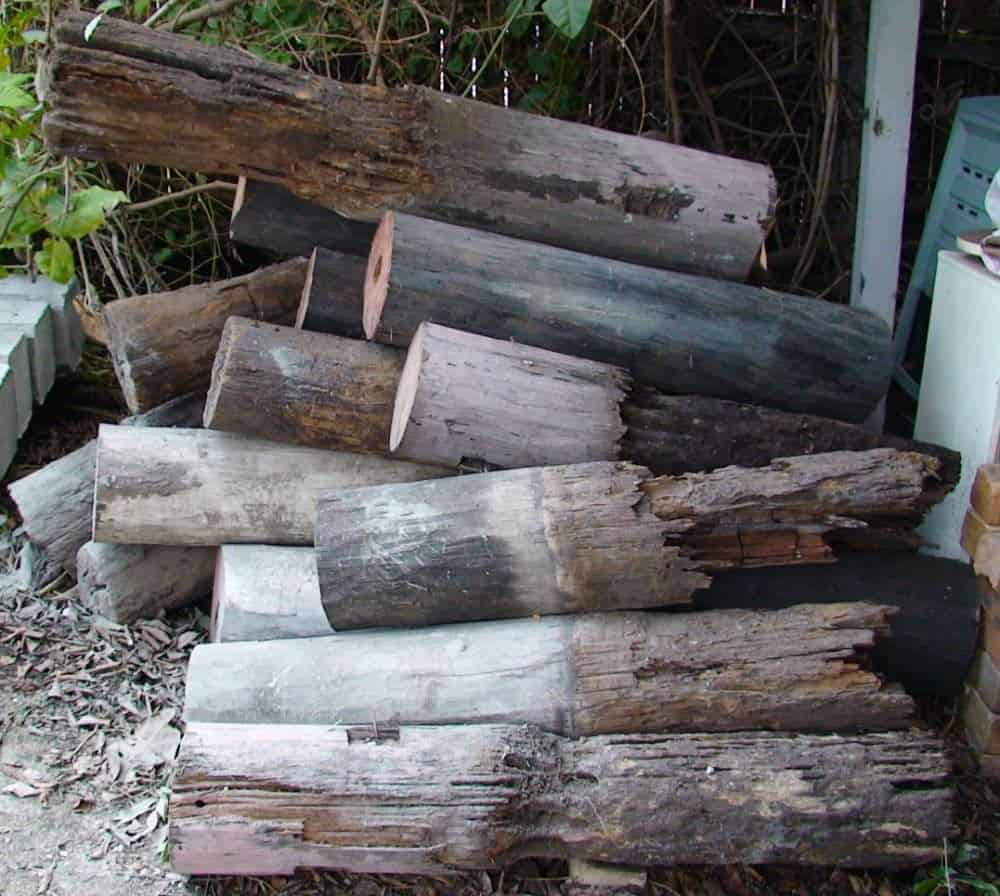
If you must keep firewood in the garden, never stack it against the house. Also, try to avoid having vines or trellises touching the house or growing up against it. These can provide the perfect paths for termites to enter your home.
Chemical Treatments
A more serious barrier can be created with the use of chemical treatments. As termites set up their homes under the ground, you may consider treating the soil around your house. This will create a barrier between the soil and the building.
Treatments can also be applied to the foundations of your home. These help to prevent termites from feeding on it.
There are a number of different treatments that can be applied to different parts of your foundations. Some are more invasive than others. The exact treatment you need depends on your specific termite infestation.
Chemicals can be applied to various parts of your house, including:
- Inside hollow walls.
- In the basement.
- Inside crawl spaces.
- On outside stoops or porches.
- Around bath traps and other utility openings.
There are some treatments that homeowners can use themselves, and others which will need to be applied by a professional.
Finally, borates can be used to protect wood from termites, with products like Timbor or Boracare.
Remember that these creatures are extremely resilient and determined when it comes to feeding. Having treated wood is not always enough to prevent them from gaining entry to feed.
Bait Traps
Special bait traps can be used to try and wipe out the entire colony of termites. There are slow-acting pesticides inside the traps which are transported back to the colony. The poison is then spread throughout the colony. This helps to wipe out large numbers at one time.
For the best results, I recommend setting up a number of traps around your garden. As we have already explained, it can be very difficult to determine the exact location of the colony. Having more than one trap will increase your chances of optimal extermination.
Professional Fumigation
If you think you have a serious problem inside your home, it’s time to call in the professionals. You may want to consider having your whole house fumigated. This treatment is quite invasive and involves your house being tented. The tent is then pumped with chemical gases.
You will not be able to re-enter your house for at least three to five days, or until the fumigators give you the all-clear. Although it is effective, I don’t advise having your home fumigated unless you are left with no other options.
Summary
Subterranean termites can cause real damage to your home. It is important to take it seriously if you suspect you have a problem. There are a number of precautionary measures you can take to help prevent any serious issues from developing. Make sure you regularly have your home checked by a reputable pest control company.
Do not allow water to collect around your home’s foundations. Be sure to keep on top of any leaks inside the house as well. Finally, do not leave or store wood in the garden, particularly near to the home.
If you suspect that you may have subterranean termites in your home, it is better to be safe than sorry. Consult a professional pest control expert as soon as you can.

